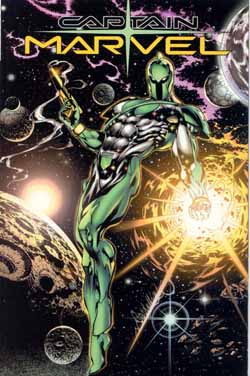 Â
Â
By Peter David, Kyle Hotz & Ivan Reis (Marvel Comics)
ISBN 0-7851-1306-1
It’s a return to Reality for the cosmic symbionts Genis and Rick Jones after their near catastrophic brush with hyper-metaphysicality (for clarification see Captain Marvel: Nothing to Lose ISBN 0-7851-1104-2). Coven picks up a little later as a still-mad-as-a-bag-of-badgers Captain Marvel is back on Earth, only held in check by the will-power of Rick Jones. Then the man named Coven enters their lives.
A sadistic serial killer sentenced to death on Rick’s testimony, Coven unsuccessfully claims immunity from prosecution since he’s an alien and not subject to human law. After his execution he revives and begins another murder-spree, only to encounter our hero(es) fresh from being kicked out of Asgard – home of the Norse Gods – where Captain Marvel had ticked everybody off by declaring himself a better god than them and claiming squatter’s rights.
Rick, convinced his life is threatened by the resurrected murderer, is astounded when Genis unaccountably decides he wants to hear Coven’s side of things, precipitating a team-up/battle with Spider-Man, an alien invasion and a chilling lesson in inter-species Real-Politik which leaves Jones wondering just who is the monster and who the checking force?
David’s signature dark whimsy and sharp dialogue create some brilliant moments and the story is seldom predictable. The absurdist sensibilities and love of word-play sadly don’t completely solve the major problem, however, which is the seven tons of backstory needed to follow it. This is the kind of quality comic work that would win over new readers, but neophytes and civilians can’t help but be deterred by the bewildering amount of necessary research needed before starting.
© 2003 Marvel Characters, Inc. All Rights Reserved.

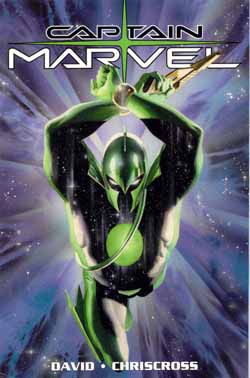 Â
 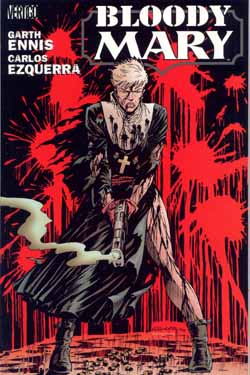 Â
 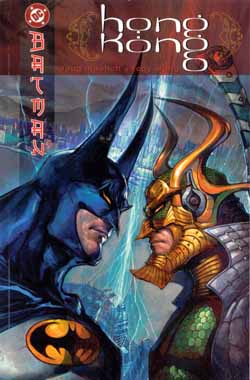 Â
 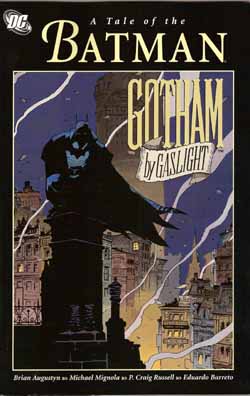 Â
 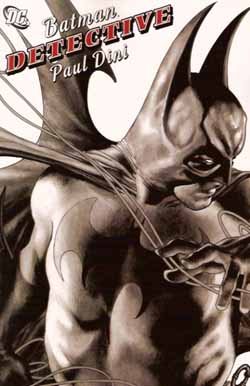 Â
 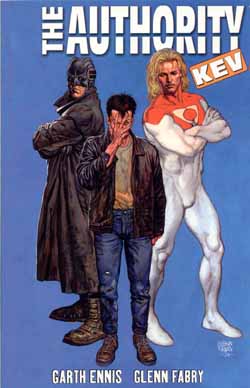 Â
 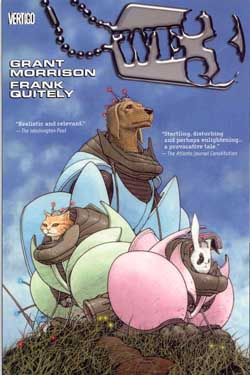 Â
 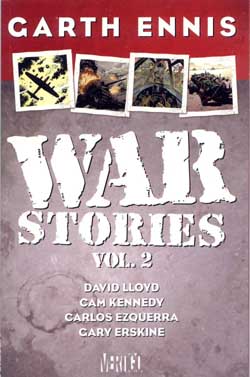 Â
 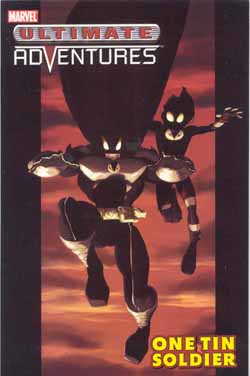 Â
Â